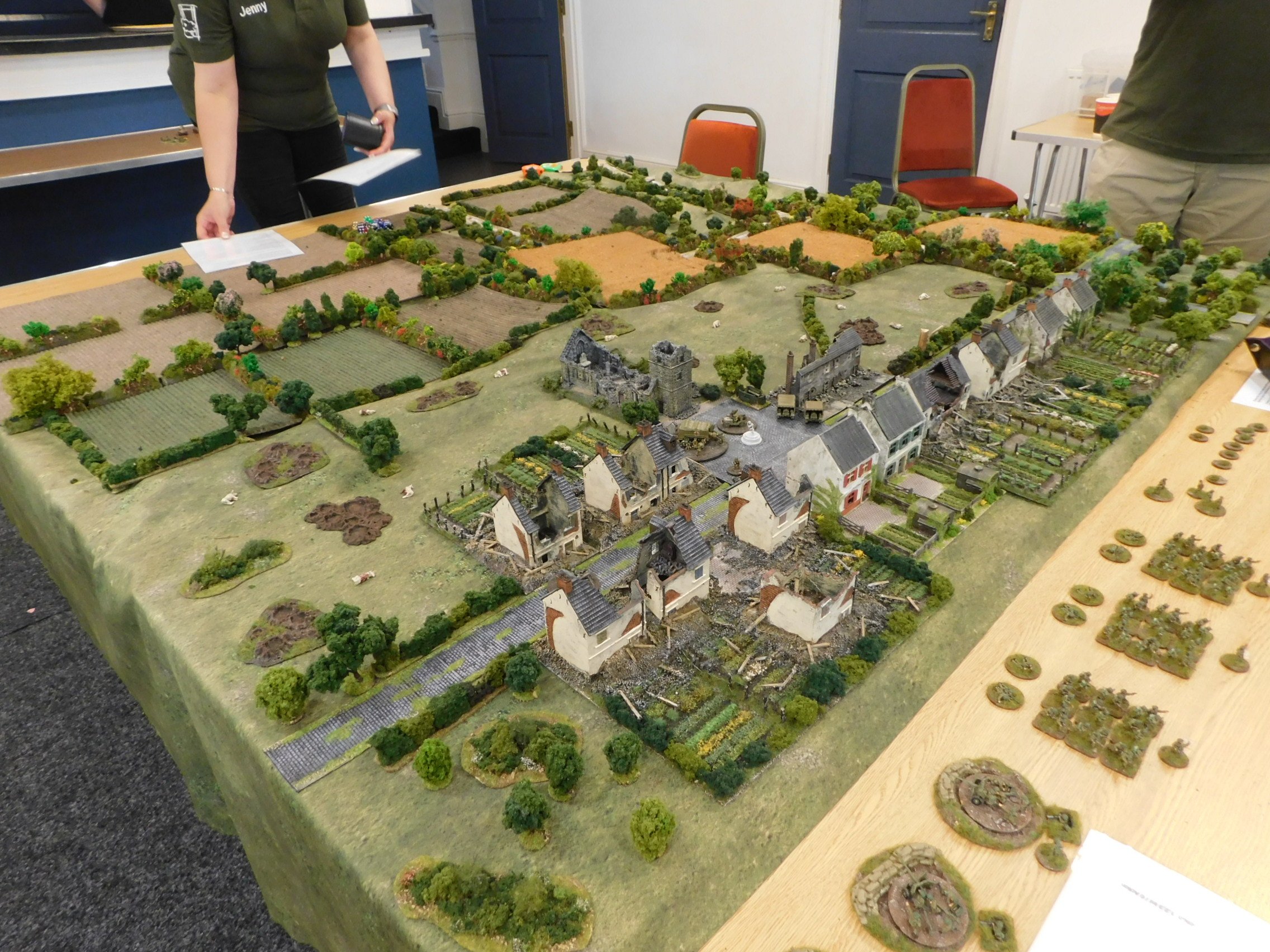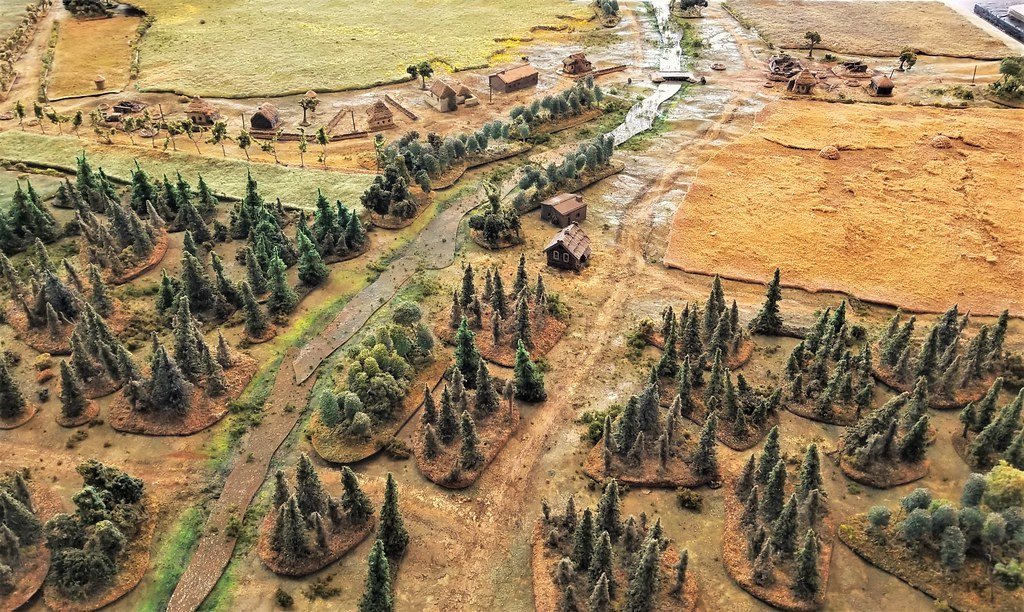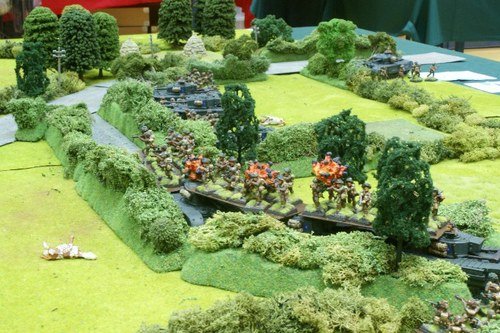Now plastic gun barrels don’t bend like the metal ones but you have to very careful when clipping them from the sprue, as thin barrels can flex as the clippers go in and end up snapping…which is what happened to the gun at the back in the photo above. I glued the barrel back together, but it just looks wrong at most angles. How very annoying! Of course I could have scrabbled around in the bits box for a different barrel, or sent off for a replacement etc, but I was painting them now, so I didn’t, so will have to put up with the wonky barrel for evermore!
So that’s a fair start on the Afrika Korps. Nine Panzers to paint and then I’d better think about what infantry to buy…and what I’m going to paint from the lead mountain to justify that expenditure!
Colours
Vehicles and guns were undercoated with Army Painter Desert Yellow spray then washed with GW Agrax Earthshade. They were then dry-brushed with Vallejo Iraqi Sand.
Crew were undercoated with GW Wraithbone spray then the uniforms block painted using Vallejo Yellow Green. I painted this lot wearing full Afrika Korps uniforms, but when I come to do the infantry, there’ll be a mix of Afrika Korps green and Italian yellow elements i.e. trousers, tops, caps. The helmets, gas mask cases and webbing were Iraqi Sand. The whole figure was then washed using GW Agrax Earthshade. I had then intended to highlight using Yellow Green, and did on the crew for the Dianas but, to tell the truth, it didn’t make much difference, so I just highlighted the faces on the gun crews (forehead, nose, chin, cheeks).
































